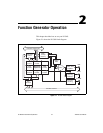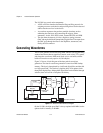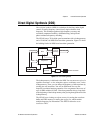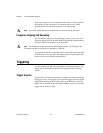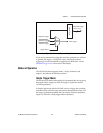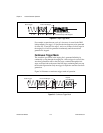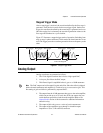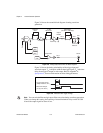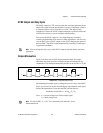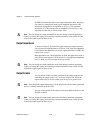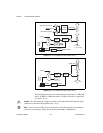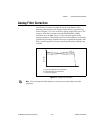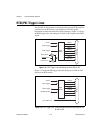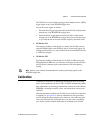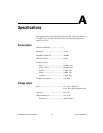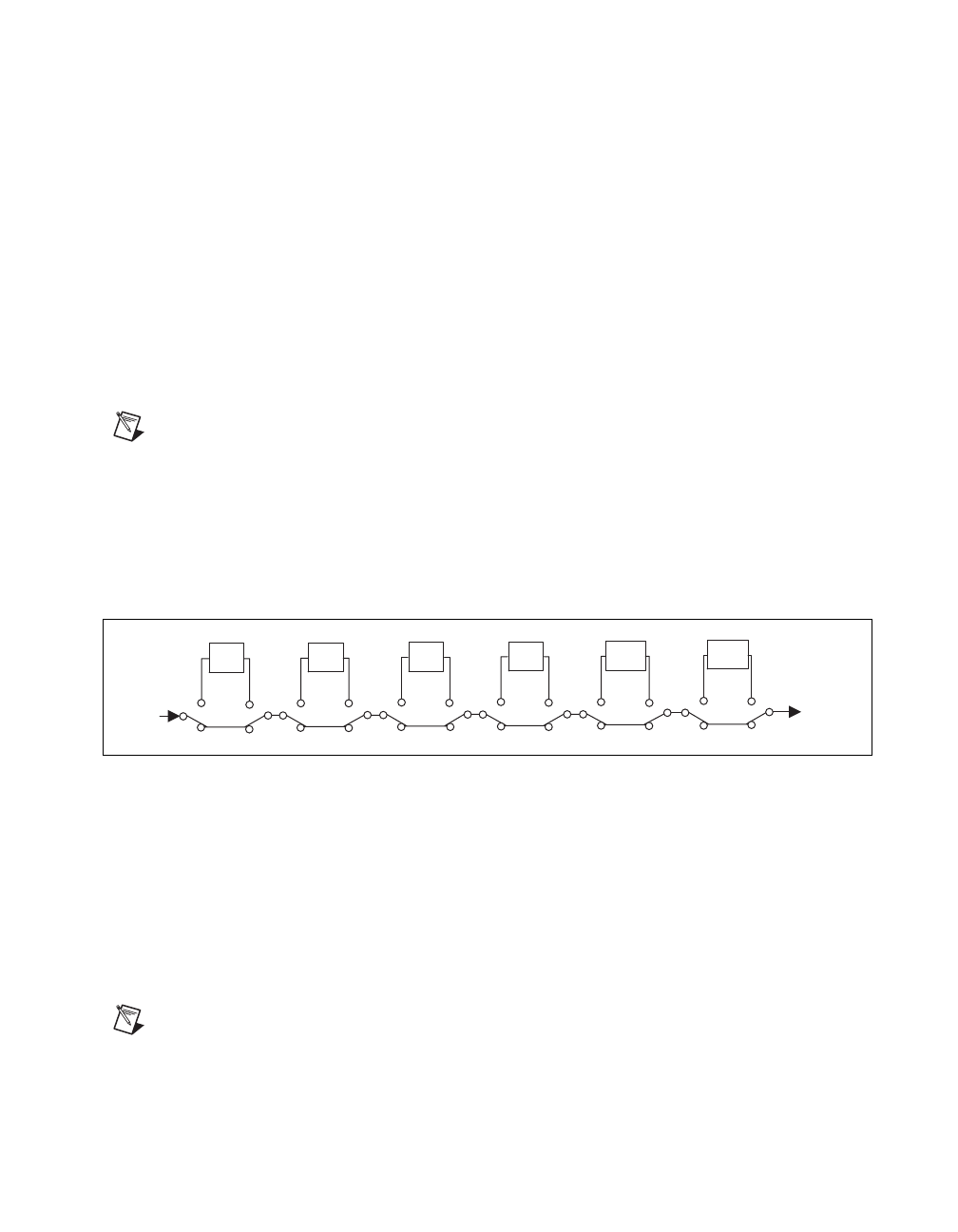
Chapter 2 Function Generator Operation
©
National Instruments Corporation 2-9 NI 5401 User Manual
SYNC Output and Duty Cycle
The SYNC output is a TTL version of the sine waveform generated at the
output. The signal from the pre-amplifier is sent to a comparator, where it
is compared against a level set by the level DAC. The output of this
comparator is sent to the SYNC connector through a hysteresis buffer and
a 50 Ω series resistor to reverse terminate reflected pulses.
You can use the SYNC output as a very high-frequency resolution,
software-programmable clock source for many applications. You also can
vary the duty cycle of SYNC output, on the fly, by changing the output of
the level DAC. The SYNC output might not carry meaning for other types
of generated waveforms.
Note
You can change the duty cycle of the SYNC output at any time during waveform
generation.
Output Attenuation
Figure2-10 shows the NI5401 output attenuator chain. The output
attenuators are made of resistor networks and may be switched in any
combination. The maximum attenuation possible on the NI5401 is 73 dB.
Figure 2-10.
Output Attenuation Chain
By attenuating the output signal, you keep the dynamic range of the DAC;
that is, you do not lose any bits from the digital representation of the signal
because the attenuation is done after the DAC and not beforeit.
attenuation (in decibels) = –20 log
10
(V
o
/V
i
)
whereV
o
= desired voltage level for the output signal
V
i
= input voltage level.
Note
For the NI5401, V
i
= ±5 V for a terminated load and ±10 V for an
unterminatedload.
1 dB
16 dB
2 dB 4 dB
8 dB
32 dB
Out
In



